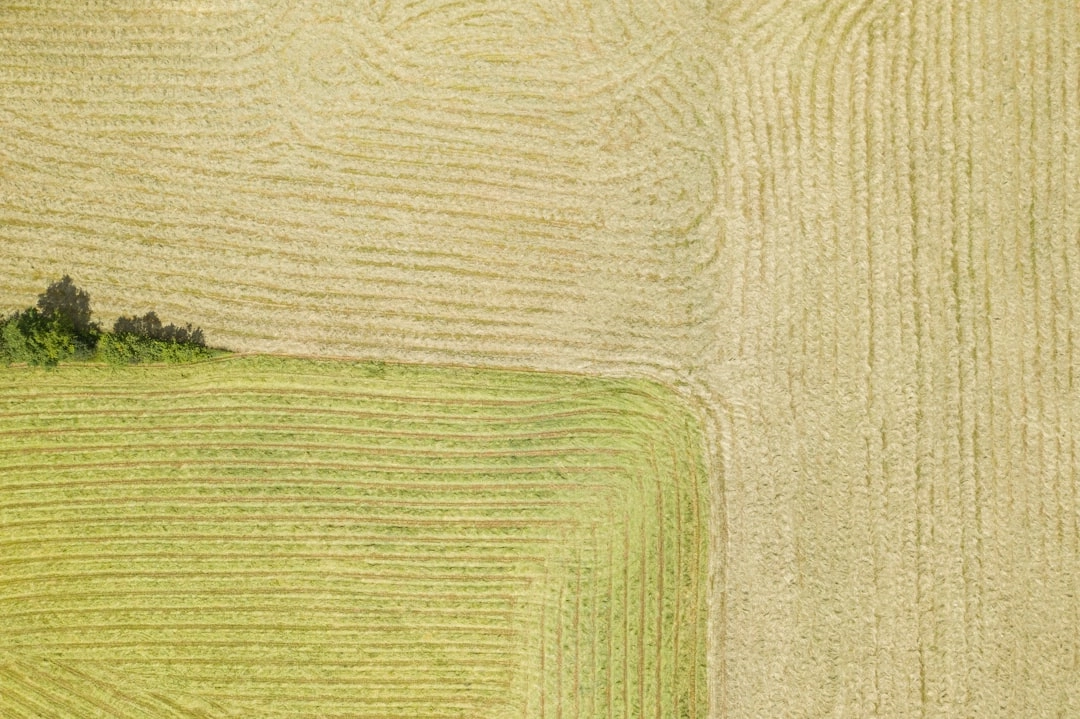What it is:
Professional photography is an industry that relies heavily on various equipment, materials, and processes. However, it is also an industry that can have a significant environmental impact. Green innovations in professional photography aim to reduce this impact by adopting sustainable solutions throughout the production and consumption cycle.
Sustainable solutions in professional photography encompass a range of practices, including the use of eco-friendly equipment and materials, energy-efficient lighting setups, responsible waste management, and a focus on reducing carbon emissions. These innovations strive to minimize the industry’s ecological footprint and promote more environmentally friendly practices.
Real-World Problems:
The traditional practices and equipment used in professional photography can have negative environmental implications. Some of the key problems associated with the industry include:
1. High Energy Consumption:
Professional photography often involves multiple lighting setups, which require a significant amount of energy. This contributes to increased carbon emissions and places a strain on natural resources.
2. Toxic Chemicals:
Many photographic processes involve the use of toxic chemicals, such as certain types of film development and printing techniques. Improper disposal of these chemicals can contaminate water sources and harm ecosystems.
3. Waste Generation:
Photography produces significant amounts of waste, including packaging materials, printed photos, and outdated equipment. Without proper waste management strategies, these materials can end up in landfills, adding to environmental pollution.
4. Carbon Footprint:
Traveling to different locations for shoots, especially by air, contributes to the industry’s carbon footprint. Additionally, the production and shipping of photography equipment and materials also contribute to carbon emissions.
5. Resource Consumption:
From the production of camera bodies and lenses to the printing of photos and marketing materials, professional photography relies on the consumption of various resources, including metals, plastics, and paper.
Understanding these real-world problems is essential for driving change within the professional photography industry. By exploring sustainable solutions and real-life case studies, we can shed light on effective strategies that can help reduce the environmental impact of this creative field.

Solutions to Green Innovations in Professional Photography:
1. Energy-efficient Lighting:
Adopting energy-efficient lighting setups, such as LED technology, can significantly reduce energy consumption in professional photography. This not only decreases carbon emissions but also lowers electricity costs for photographers.
2. Eco-friendly Equipment and Materials:
Choosing camera bodies and lenses that are made from sustainable materials, such as recycled plastics, helps reduce resource consumption. In addition, using eco-friendly film options, such as those made from plant-based or biodegradable materials, can minimize the use of toxic chemicals.
3. Responsible Waste Management:
Implementing proper waste management strategies, including recycling packaging materials, properly disposing of toxic chemicals, and donating or repurposing outdated equipment, can help minimize the environmental impact of professional photography.
4. Carbon Offset and Travel Planning:
Offsetting the carbon emissions from travel by supporting carbon offset projects can help lessen the industry’s carbon footprint. Additionally, photographers can plan their shoots efficiently to minimize unnecessary travel and opt for eco-friendly transportation options whenever possible.
5. Digitalization and Paperless Workflow:
Embracing digital photography and transitioning to a paperless workflow can significantly reduce resource consumption and waste generation. Storing and sharing photos digitally eliminates the need for physical prints and reduces the use of paper and ink.
By implementing these sustainable solutions, the professional photography industry can make significant progress toward reducing its environmental impact. Real-life case studies and successful examples of these solutions in action can inspire and motivate photographers to adopt green innovations and contribute to a more sustainable future in their field.













